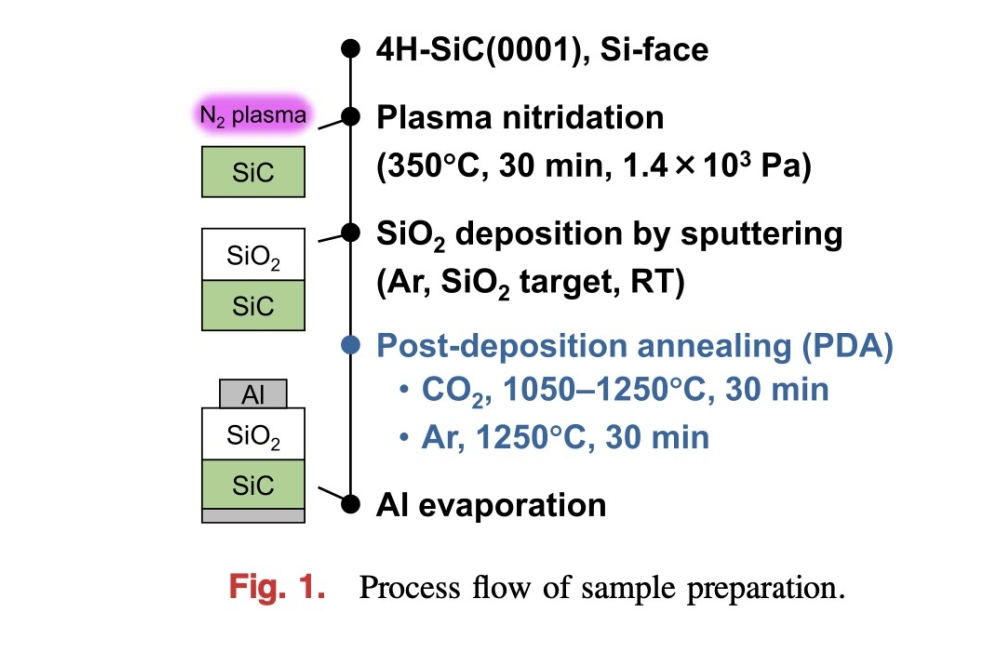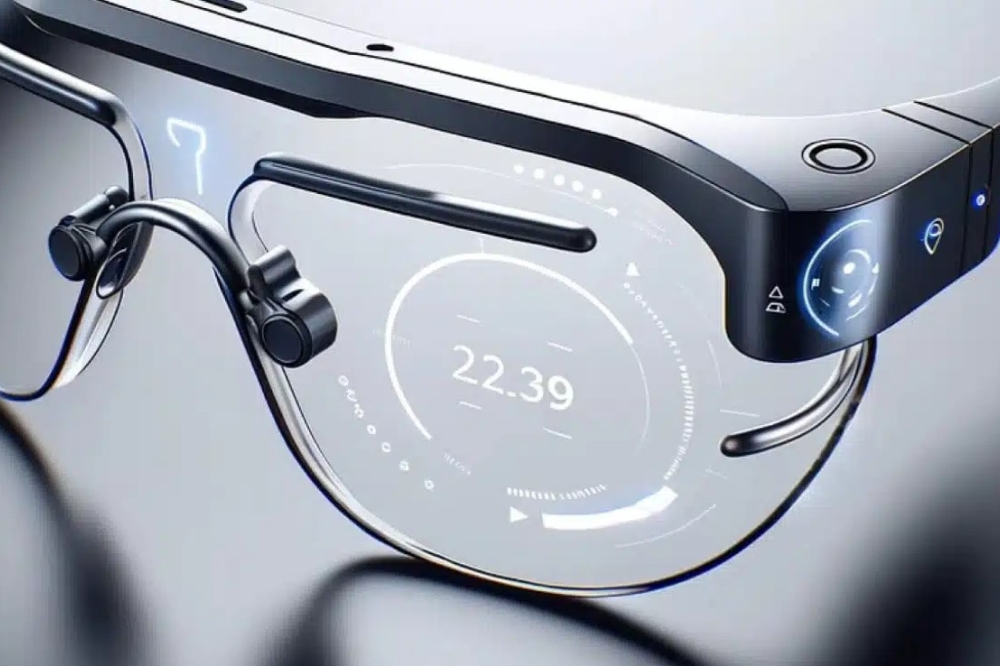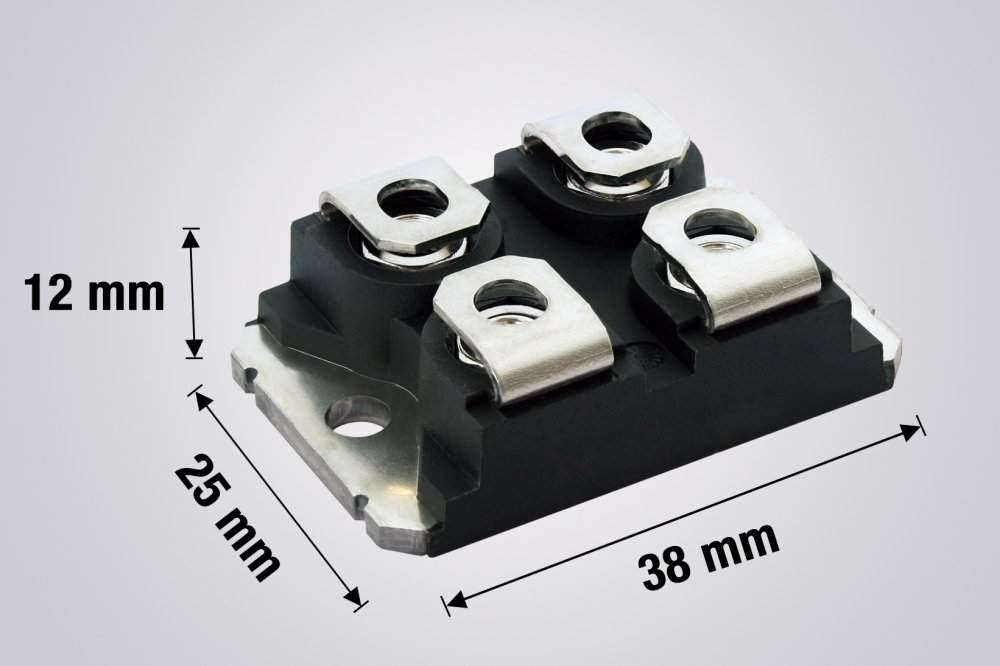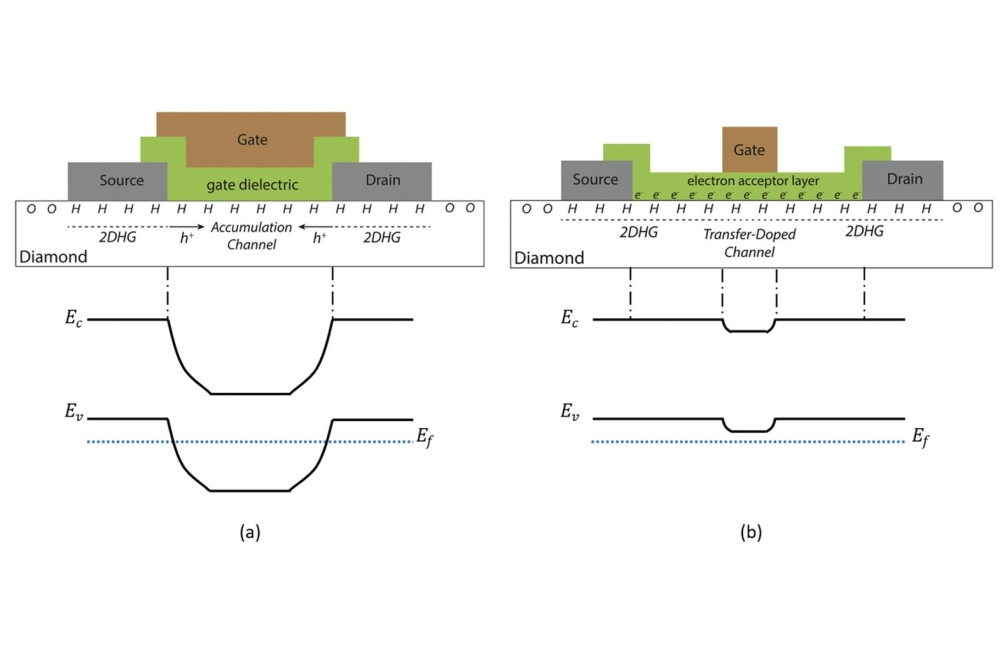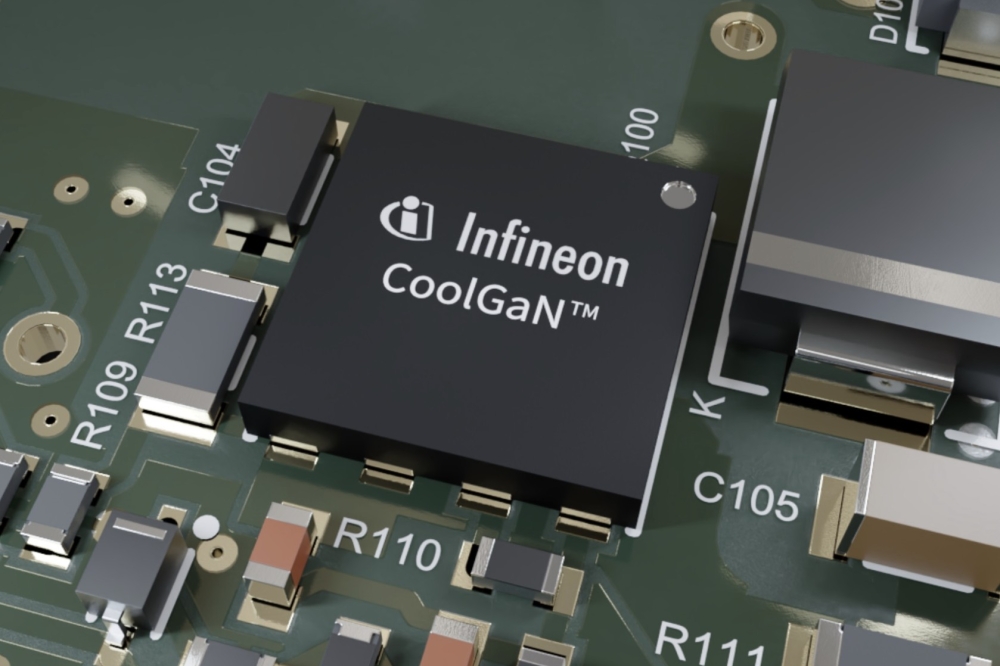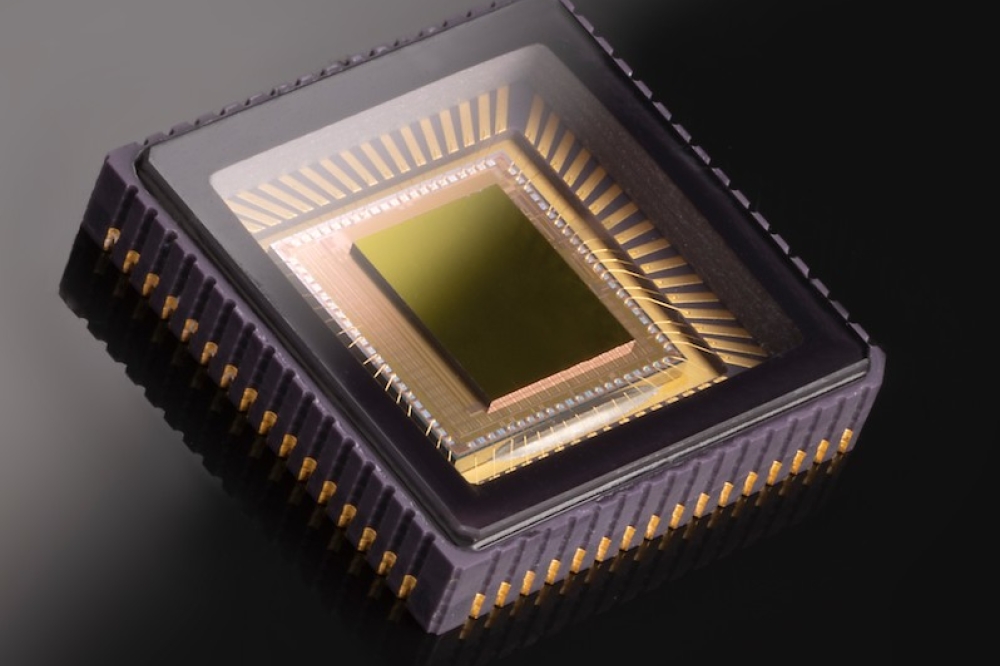CdTe solar cells are better for the planet than silicon

Australian scientists publish cradle-to-grave life cycle assessment of the four most widely used PV technologies
Scientists at Australia’s Charles Darwin University have conducted a cradle-to-grave life cycle assessment (LCA) of the four most widely used PV technologies: monocrystalline silicon, multi-crystalline silicon,amorphous silicon and CdTe. Their conclusion is that CdTe technology has the lowest impact, followed by amorphous, multicrystalline and monocrystalline silicon. They published the results in the journal Environmental Science and Pollution Research (2020).
The LCA was based on the ‘ReCiPe’ life cycle impact assessment method first developed by academics in 2008. It looks at the impact on factors such as climate change, ozone depletion, terrestrial acidification, freshwater eutrophication, marine eutrophication, human toxicity, photochemical oxidant formation, particulate matter formation, terrestrial ecotoxicity, freshwater ecotoxicity, marine ecotoxicity, ionising radiation, agricultural land occupation, urban land occupation, natural land transformation, water depletion, metal depletion and fossil depletion).
It also looks at three end-point/damage indicators on human health, ecosystems and cost increases in resource extraction, and gives unified single score.
Manufacturing of the three silicon-based PV technologies were found to have larger impacts than CdTe, with processes including quartz reduction, silicon purification, wafer and panel production, inverter, mounting, other electrical installation production.
Over 30 years in operation, the silicon-based technologies had larger negative environmental impacts in terms of energy consumption, pollutant emission, transportation, waste treatment process, end-of-life dismantling, landfilling and recycling.
The lower impact of the CdTe thin-film technology is attributable to the lower consumption of materials and chemicals in its overall life cycle processes, according to the scients.
The only significant emission that exists in the whole inventory of CdTe technology is the discharge of cadmium ions into water. The amount of this emission is relatively low compared with the life cycle emissions of other PV plants, they said.
The group intends to include other PV technologies such as CIGS, perovskite and organic PV in future LCA studies.
'Life cycle assessment of most widely adopted solar photovoltaic energy technologies by mid-point and end-point indicators of ReCiPe method' by A. Rashedi & Taslima Khanam; Environmental Science and Pollution Research (2020)

